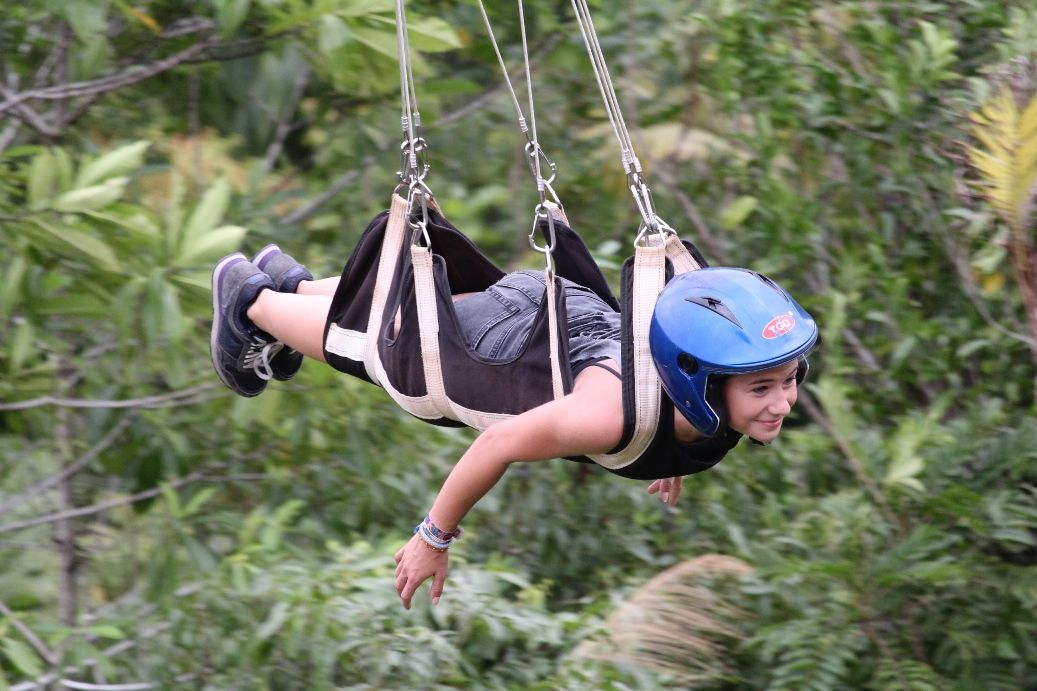In the heart of the Philippines, a unique blend of tradition and modernity awaits those seeking adventure. Zip lines, once traditional modes of transportation in indigenous communities, have now transformed into thrilling experiences that showcase the rich culture of the Philippines. Join us on a journey to explore the history, innovation, and cultural significance of Philippine zip lines.
The Historical Roots of Zip Lines in the Philippines
Zip lines, known locally as “talabaga” or “tiro,” have deep roots in the Philippines. Historically, these aerial pathways were used for transportation and the swift delivery of goods across rugged terrain. Indigenous communities ingeniously crafted zip lines to navigate dense forests, cross rivers, and traverse steep hills. These traditional zip lines not only connected communities but also preserved cultural ties.
Modern Zip Line Solutions in the Philippines
In recent years, the Philippines has witnessed a remarkable transformation in the zip line industry. Modern zip line solutions have emerged, enhancing the experience for thrill-seekers and tourists. These contemporary zip lines offer features like faster speeds, longer distances, and advanced safety systems.
Zipline | 828 Cable System Inc. is one of the leading companies pioneering modern zip line solutions in the Philippines. They offer three distinct experiences:
FUN LINE
- Gradient: Maximum 15%
- Length: 300 – 2800 meters
- Zip Stop System on Arrival
SPEED LINE
- Gradient: Maximum 15%
- Length: 300 – 2800 meters
- Zip Stop System on Arrival
ADRENALINE
- Gradient: Maximum 15%
- Length: 300 – 2800 meters
- Zip Stop System on Arrival
These experiences promise an exhilarating journey through the beautiful Philippine landscape.
Zip Line Destinations in the Philippines
The Philippines boasts an array of stunning zip line destinations. Among them, Dahilayan Adventure Park in Bukidnon stands out, offering visitors a panoramic view of the Mindanao countryside. For a unique experience, 800 Tulum Poblacion Zip Line in Cebu allows riders to enjoy zip lines with a historical twist by zipping over a heritage town.
Tradition Meets Modernity: Cultural Influences on Zip Line Experiences
The fusion of tradition and modernity is a key aspect of zip line experiences in the Philippines. Many zip line operators work closely with indigenous communities to ensure that cultural elements are preserved and celebrated. Traditional dances, songs, and rituals are often incorporated into the zip line adventure, creating a memorable and culturally enriching experience.
Respect for local traditions and sustainable practices are at the heart of this industry, fostering a deep sense of community and connection.
Thrills and Adventures: Zip Line Experiences for Tourists
Modern zip lines in the Philippines offer heart-pounding adventures. Tourists flock to these attractions to experience the adrenaline rush of gliding through lush forests, over majestic waterfalls, and across picturesque landscapes. Safety is a top priority, with state-of-the-art harnesses and braking systems ensuring a secure and enjoyable ride.
The Future of Philippine Zip Lines
The future of zip lines in the Philippines is a promising one. As technology and tourism continue to advance, we can expect even more thrilling and culturally rich experiences. The economic and environmental implications of this growing industry are worth monitoring, as they play a crucial role in the sustainable development of these attractions.
Takeaway
Philippine zip lines are a testament to the harmonious coexistence of tradition and modernity. They not only provide exhilarating adventures but also contribute to the preservation of indigenous culture. As you plan your next trip to the Philippines, consider adding a zip line adventure to your itinerary. It’s a thrilling way to experience the natural beauty and cultural heritage of this remarkable country.
